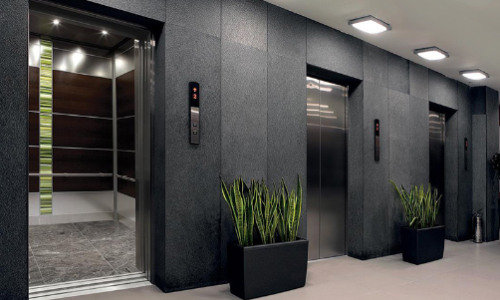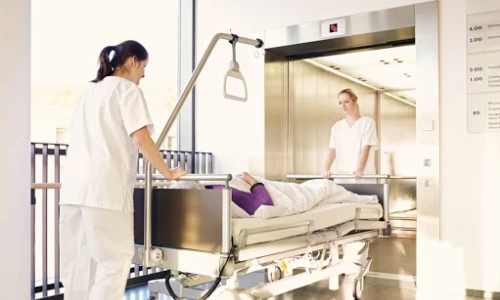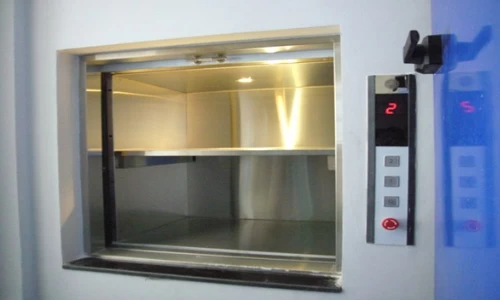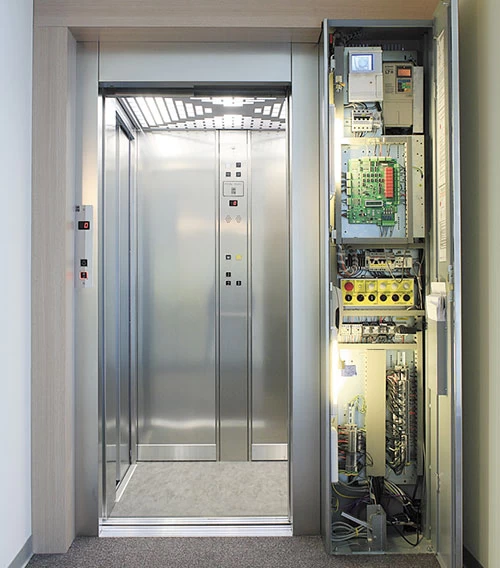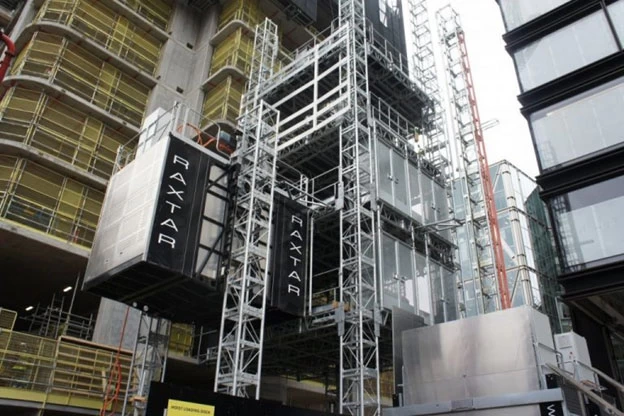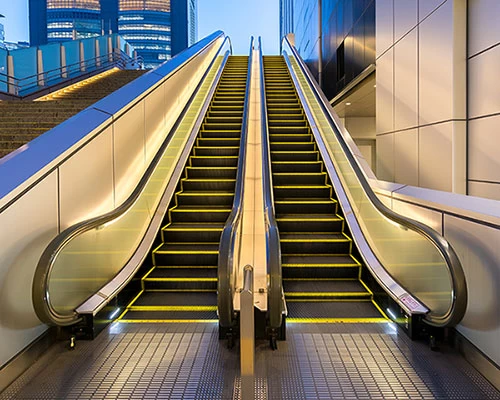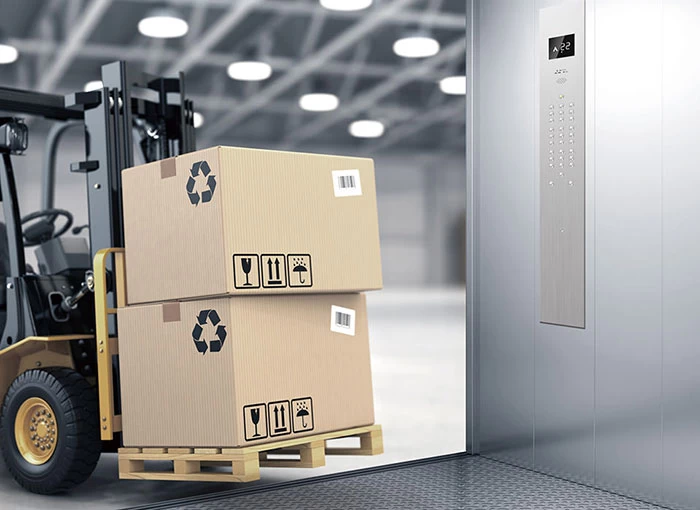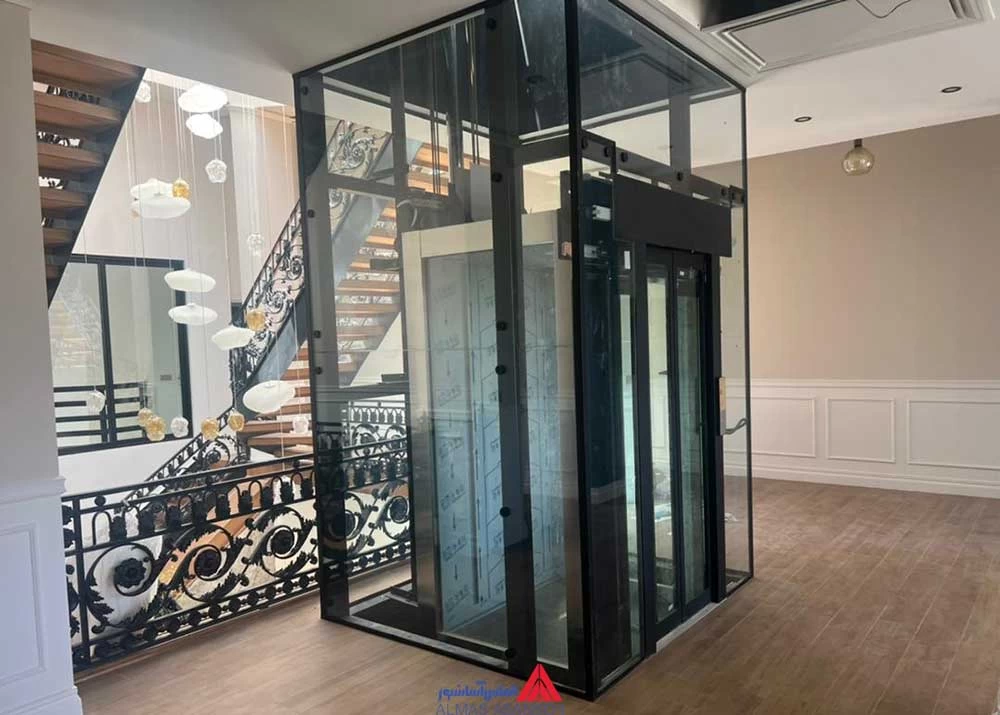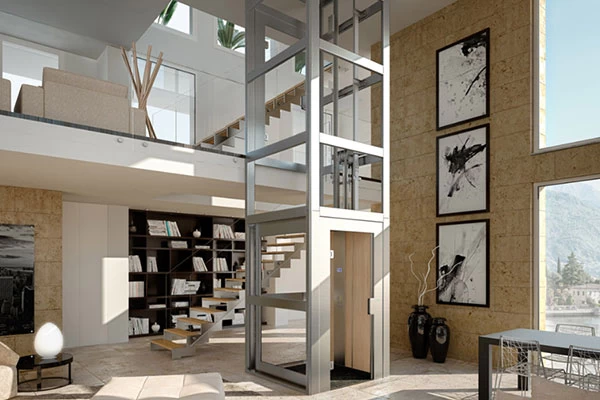The first passenger elevator was installed in a hotel called New York City in 1857. Finally, in the 1870s, technology made its way into office and residential buildings, which led to the growth and development of business.
Today, elevators are legally required in tall buildings. So that people who are unable to climb the stairs can access all floors. Elevator in Latin means someone or a device that lifts. In the 1640s, elevators meant the muscles used to raise the body.Passenger elevators are designed to meet the transportation needs of any type of building quickly and easily. This means that they perform well in any traffic conditions. They are known for their good quality and strong performance. Provides maximum lifting power with minimum effort.
Passenger elevators can be designed and produced in any traction, hydraulic or magnetic type. Also, these elevators with different load capacity are designed for installation in homes, office and residential buildings, hotels, banks and offices and with car rooms at the top and bottom.Features of passenger elevators:
Smooth and silent movement
Ability to save electricity consumption up to 70%
Ability to run with single-phase electricity (220 volts)
Ability to run up to 5 meters per second
The ability to run up to eight elevators in a group
The ability to connect to the Internet to manage elevators (EMS)
The ability to connect to the building management system (BMS)
Can be used in environments with heavy traffic (government offices, hotels, etc.)
It has an emergency system during power outages
Ability to run up to three cabin doors
It can be implemented in two ways: tensile and hydraulic
Ability to run without engine room (MRL)
Long service life and very good quality parts
Applying current European standards (EN-81)
And many other benefits
The passenger elevator can be equipped with the following:
Mirror
ventilator
Light barriers in cabin doors
LCD indicator of cabin location and overload with voice message
Key access restriction device (mechanical and electric key)
Standard design of stops
 +7929688-88-14
+7929688-88-14

 English
English
 Persian
Persian
 Russian
Russian
 Chinese
Chinese


 +7929688-88-14
+7929688-88-14

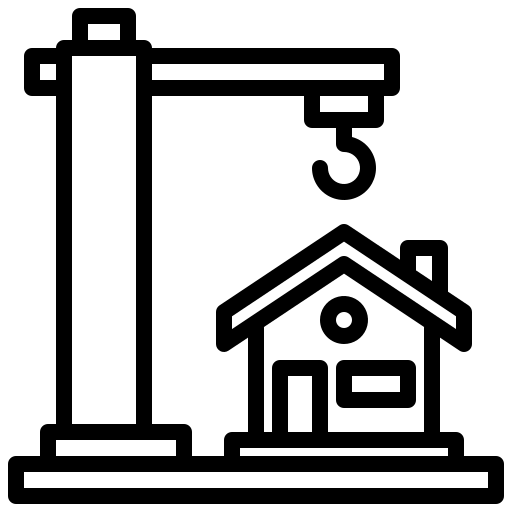 Elevators & Escalators
Elevators & Escalators

